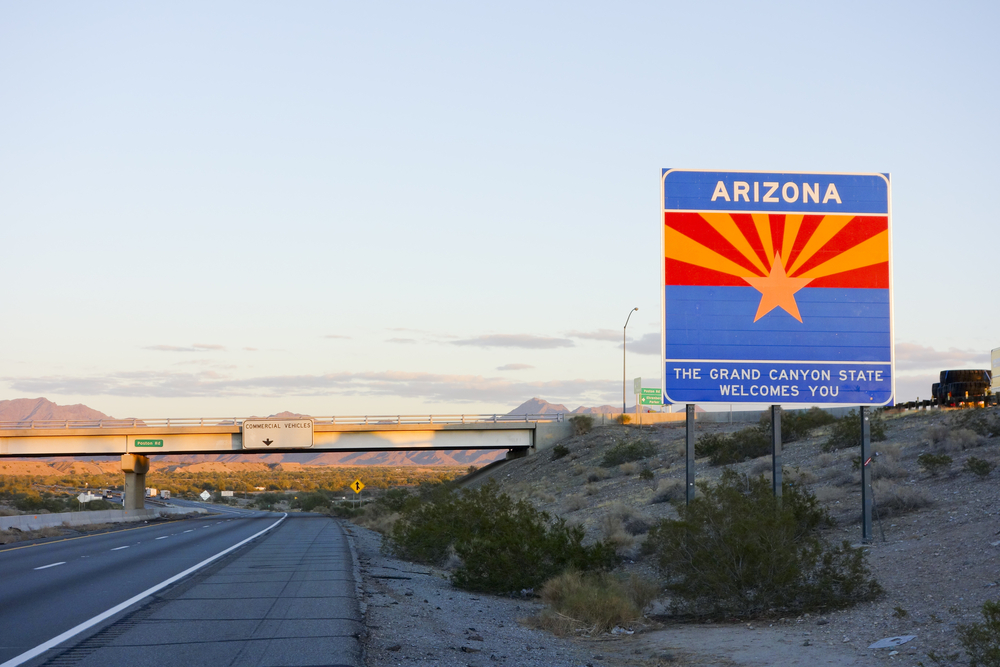
In a bill introduced last month, U.S. Sen. Martha McSally (R-AZ) — together with co-sponsor U.S. Sen. Kyrsten Sinema (D-AZ) — and U.S. Rep. Greg Stanton (D-AZ) jointly pushed for the acceleration of development on Interstate 11 through the disbursement of additional federal assistance.
Specifically, the extra help would be for the Tier II Environmental Impact Study required for segments of the Arizona project. A major lifeline for the state, I-11, also potentially offers an additional route for trade with Mexico and Canada.
“Cross-border and interstate commerce are a major driver for job creation in Arizona. In order to keep up with our state’s rapid growth, we must modernize our infrastructure,” McSally said. “Currently, Phoenix and Las Vegas are the only two major cities in America not connected by a highway. When this project is completed, the I-11 corridor will provide a direct route from our southern border to Phoenix to Las Vegas.”
Supporters of the I-11 project say that it could bring new job growth across a range of industries: tourism, health care, aerospace, logistics, distribution and technology among them. The region lacks a reliable and efficient transportation corridor such industries often rely on for success. Plus, supporters argue: the efforts would reduce traffic congestion.
“We’re working together on this bipartisan bill to advance a project that could create enormous economic potential in our state,” Stanton said. “I-11 would open up a new transportation corridor in Arizona, leading to new jobs and increased trade with our partners in Mexico and Canada.”
Current estimates put the I-11 project’s potential at $24 billion of economic impact and around 24,000 new jobs. Groups like the Nevada Economic Development Council have taken notice, too.
“Las Vegas and Phoenix are the two (2) largest cities in the nation without an interstate highway connection,” the Nevada Economic Development Council wrote in support of the legislation. “The construction of Interstate 11 is critical to the economic viability of Arizona and Nevada as well the connectivity of the Intermountain West.”